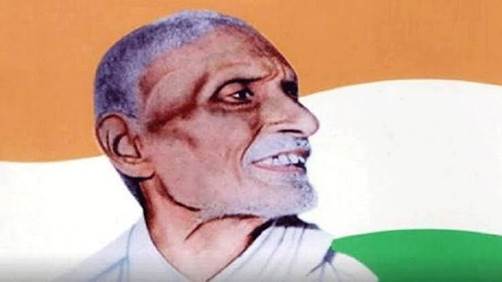Free Courses Sale ends Soon, Get It Now


Free Courses Sale ends Soon, Get It Now



Disclaimer: Copyright infringement not intended.
Context:
Who was Pingali Venkayya?
The evolution of the Indian flag’s design
The legacy
https://www.pib.gov.in/PressReleasePage.aspx?PRID=1847210
© 2024 iasgyan. All right reserved